Wildlife Rehabilitation After A Hurricane
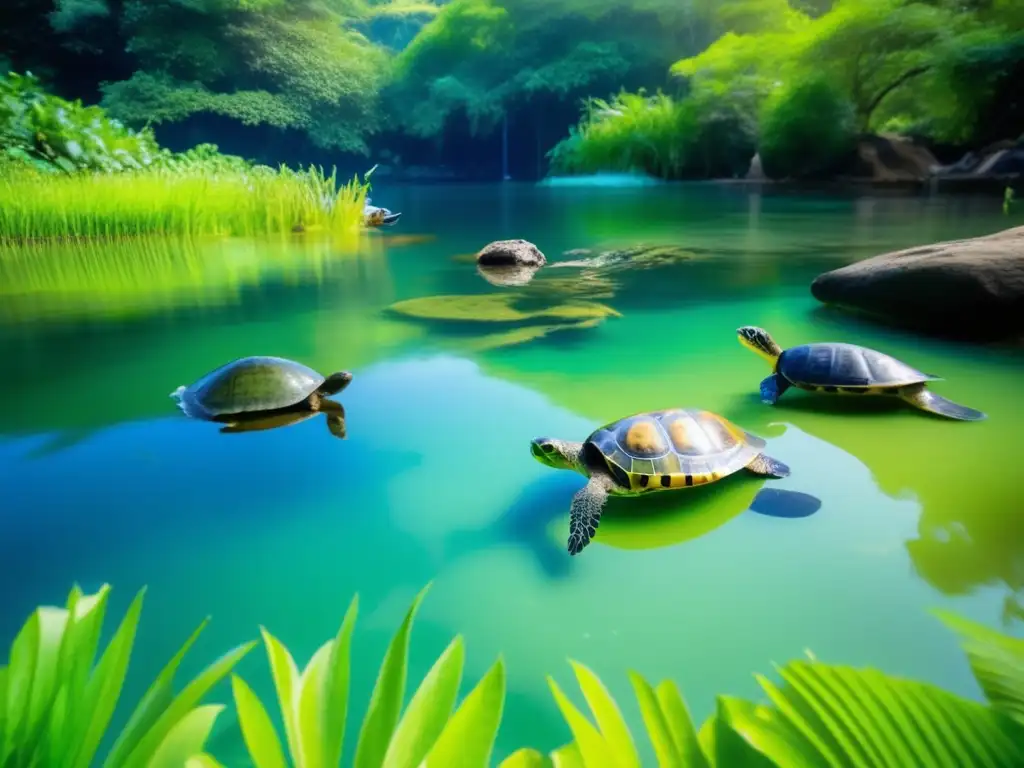
Wildlife Rehabilitation After a Hurricane
Introduction
When hurricanes hit, it is not only humans that are affected. Wildlife, too, suffer the devastating consequences of severe storms. Hurricanes have the potential to seriously impact wildlife populations as well as their habitats. In particular, hurricanes can affect marine life, birds, and land mammals such as deer. This article will provide an overview of how hurricanes impact wildlife and discuss the importance of wildlife rehabilitation following a hurricane.
The Impact of Hurricanes on Wildlife
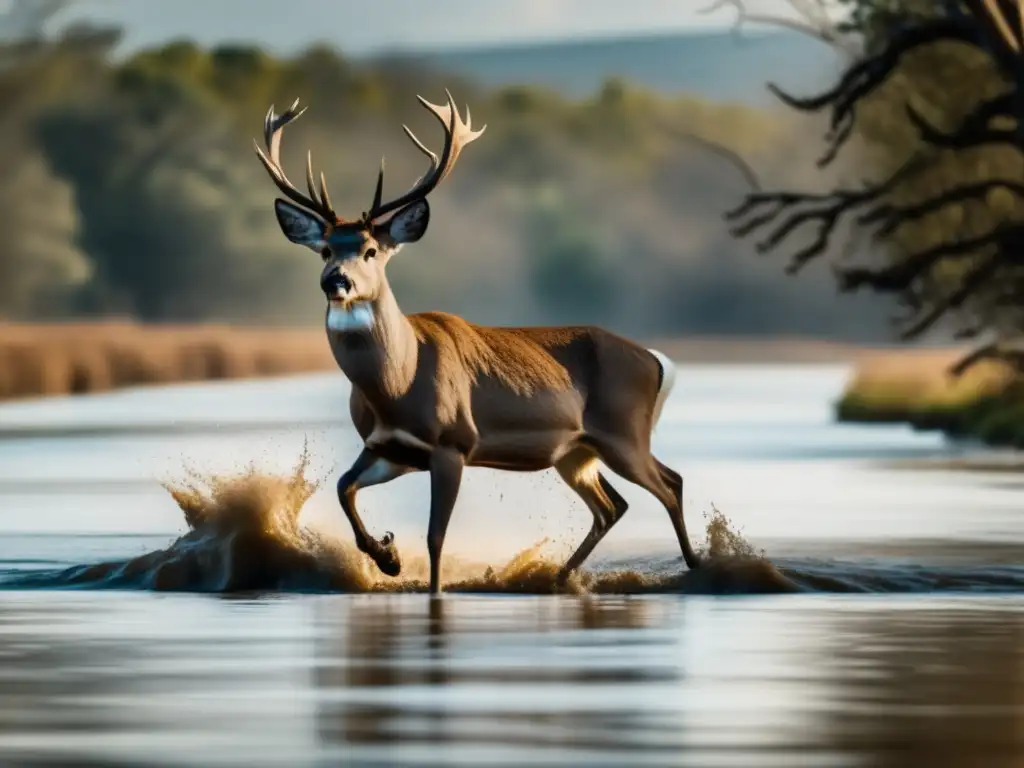
Changes to Natural Habitats
Hurricanes can cause significant destruction to natural habitats which can significantly impact wildlife. High winds, flooding, and landslides cause catastrophic damage to natural ecosystems, leading to soil erosion, loss of vegetation, and changes in water flow patterns. The destruction of wetlands, for instance, may adversely affect fish species dependent on these areas for breeding or foraging. Similarly, loss of forests or shrubbery affects bird populations, which rely on those habitats to breed, nest, and feed.
Mortality Rates
In addition to the loss of natural habitats, high wind speeds and debris can also result in injury or death of wild animals. Strong winds can carry birds and other small animals long distances or cause them to collide with buildings or other structures. Additionally, flooding can affect the ability of animals to survive in their natural habitats. Marine creatures, for example, may be washed ashore, while terrestrial animals may succumb to floodwaters. These factors contribute to high mortality rates among wildlife after hurricanes.
Contamination and Pollution
Hurricanes also have the potential to contaminate natural ecosystems which can negatively affect wildlife. For instance, floods caused by hurricanes can result in the release of chemicals and pollutants, such as oil and gas from spills, into natural waterways. These pollutants can pose a serious threat to aquatic life, and if not cleaned up quickly, can cause long-term damage to entire ecosystems.
The Importance of Wildlife Rehabilitation After a Hurricane
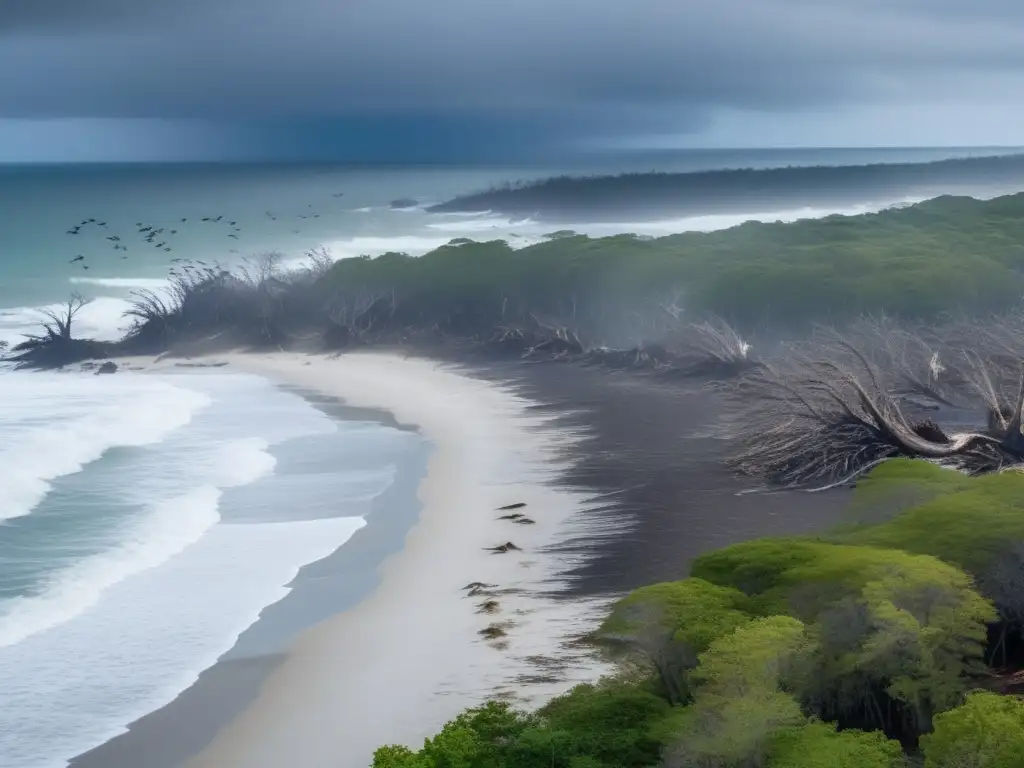
Providing Medical Attention and Care
In the aftermath of a hurricane, it is essential to provide medical attention and care to injured animals. Wildlife rehabilitation centers and veterinary clinics are equipped to help with this effort. Staffed by trained professionals, these centers provide treatment to animals that have been injured or impacted by hurricanes. They also provide temporary shelter to wildlife that have lost their natural habitats due to the hurricane.
Assessing and Restoring Natural Habitats
Another important aspect of wildlife rehabilitation following a hurricane is assessing and restoring natural habitats. This involves clearing debris, planting new vegetation, and restoring damaged waterways. These efforts help to restore natural ecosystems that may have been destroyed or contaminated by the hurricane and create a sustainable environment for wildlife to thrive once again.
Educating the Public on the Importance of Wildlife Conservation
Wildlife rehabilitation centers also play an important role in educating the public on the importance of wildlife conservation. Through educational programs and outreach events, wildlife rehabilitation centers increase awareness of the impact of hurricanes on wildlife. They also provide information on how people can help in the rehabilitation efforts and prevent further damage to wildlife habitats in the future.
Frequently Asked Questions
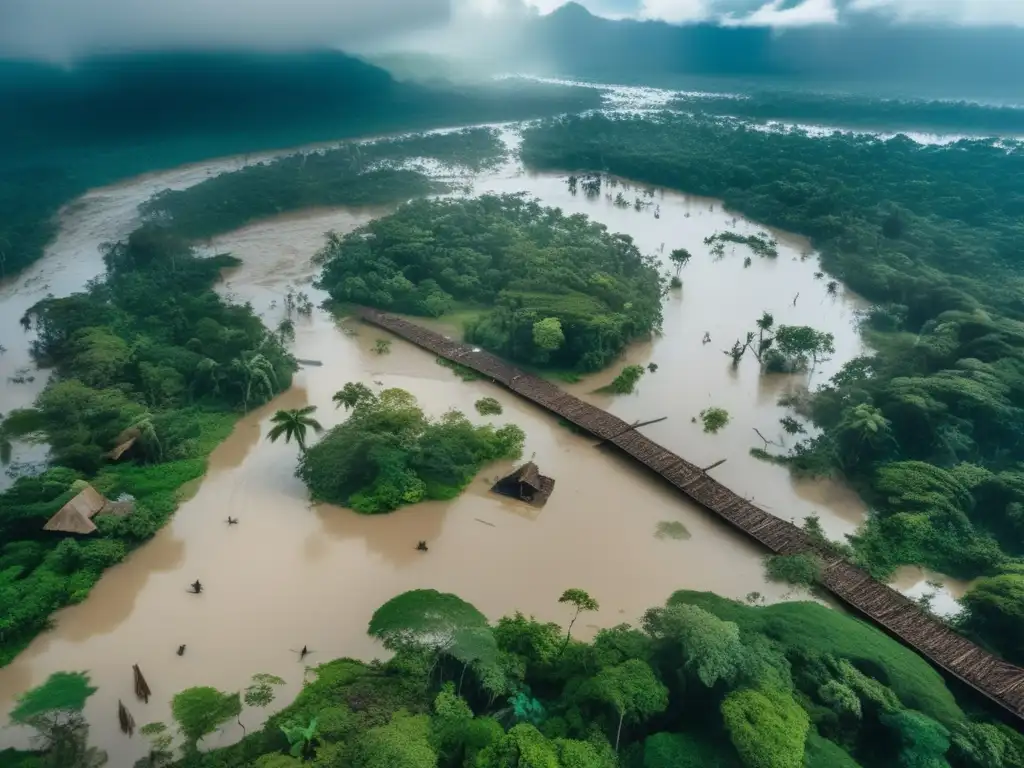
-
How can I help with wildlife rehabilitation after a hurricane?
You can help by donating to wildlife rehabilitation centers, volunteering your time, or participating in fundraising events to support their efforts.
-
What should I do if I come across an injured animal after a hurricane?
You should contact your local wildlife rehabilitation center or veterinary clinic for assistance.
-
What types of animals are most commonly impacted by hurricanes?
Marine life, birds, and land mammals such as deer are among the most commonly impacted by hurricanes.
-
Can hurricanes cause long-term damage to wildlife ecosystems?
Yes, hurricanes can cause long-term damage to wildlife ecosystems if they are not rehabilitated properly.
-
How can we prevent further damage to natural habitats and wildlife populations?
We can prevent further damage by taking steps to reduce our carbon footprint, supporting conservation efforts, and advocating for policies that protect wildlife habitats.
Conclusion
While hurricanes have a significant impact on human lives, it is important to remember that wildlife suffers too. High mortality rates, changes to natural habitats, and contamination are just a few of the challenges that wildlife face in the aftermath of a hurricane. However, through wildlife rehabilitation efforts, it is possible to mitigate some of the damage caused by hurricanes and ensure that our natural ecosystems and the wildlife that depend on them can recover. The responsibility to support these rehabilitation efforts lies with all of us.
We encourage our readers to support wildlife rehabilitation centers and other conservation efforts. Additionally, you can take steps to reduce your carbon footprint, advocate for policies that support wildlife protection, and educate yourself and others on the importance of wildlife conservation. Together, we can ensure that wildlife populations thrive even in the face of natural disasters.
Additional Resources
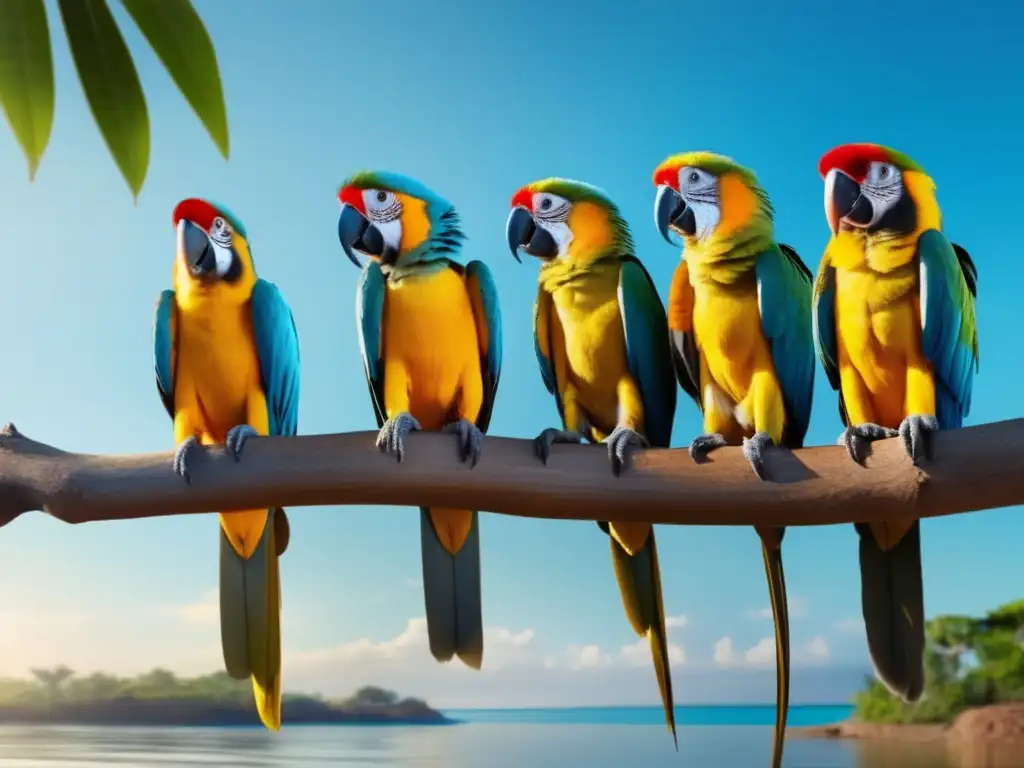
Visit these resources to learn more about wildlife rehabilitation after a hurricane:
- U.S. Fish & Wildlife Service: Hurricane Harvey Wildlife Impacts and Response
- California Department of Fish and Wildlife: Wildlife Rehabilitation in Emergencies and Disasters
- Humane Society of the United States: Help Wildlife After A Hurricane
 Supporting The Elderly: Special Considerations Post-Hurricane
Supporting The Elderly: Special Considerations Post-Hurricane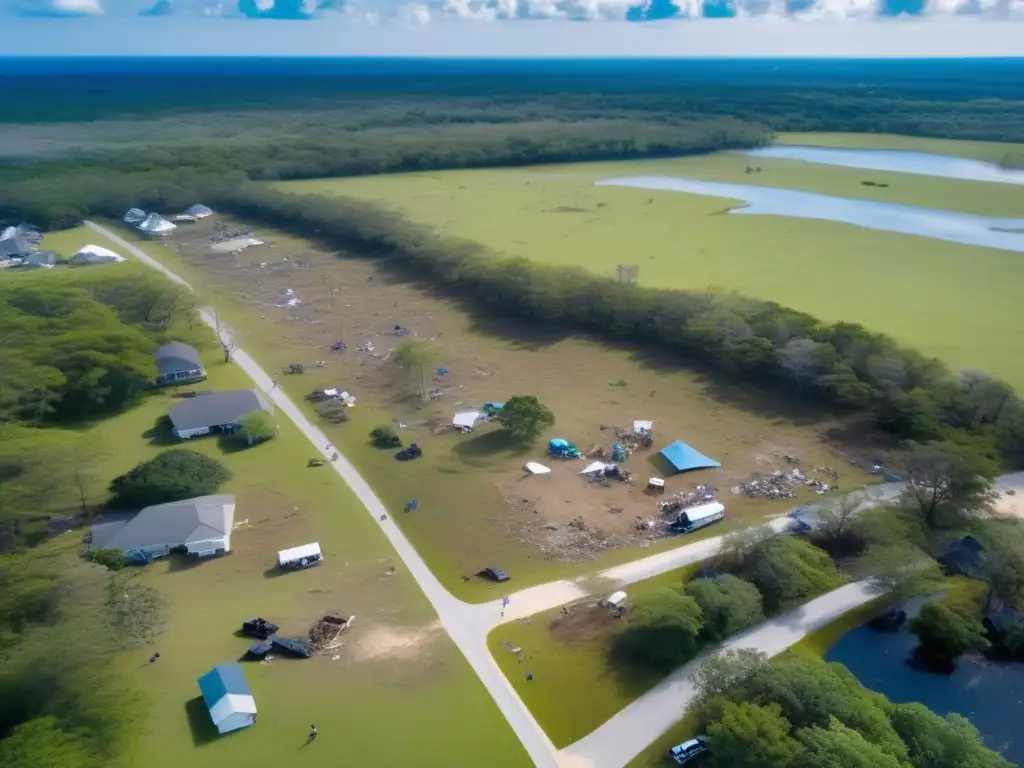 Organizing Community Clean-Up Efforts After A Hurricane
Organizing Community Clean-Up Efforts After A Hurricane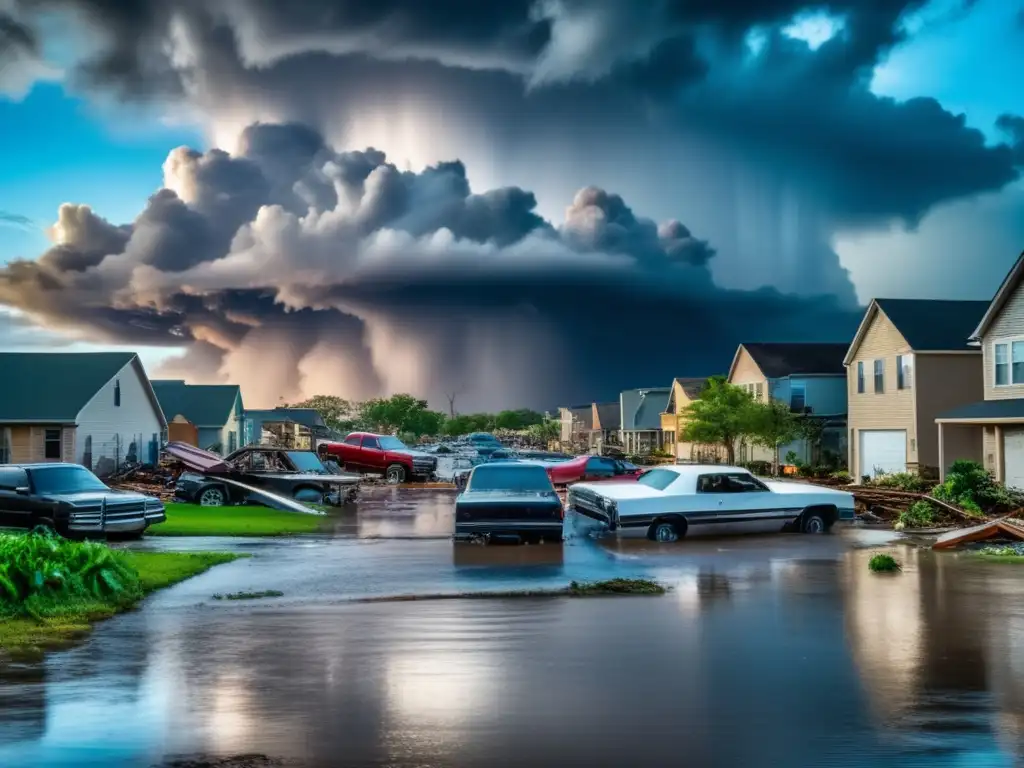 Picking Up The Pieces: First Steps After A Hurricane
Picking Up The Pieces: First Steps After A HurricaneIf you want to discover more articles similar to Wildlife Rehabilitation After A Hurricane, you can visit the Hurricane recovery: category.
Leave a Reply

Articulos relacionados: